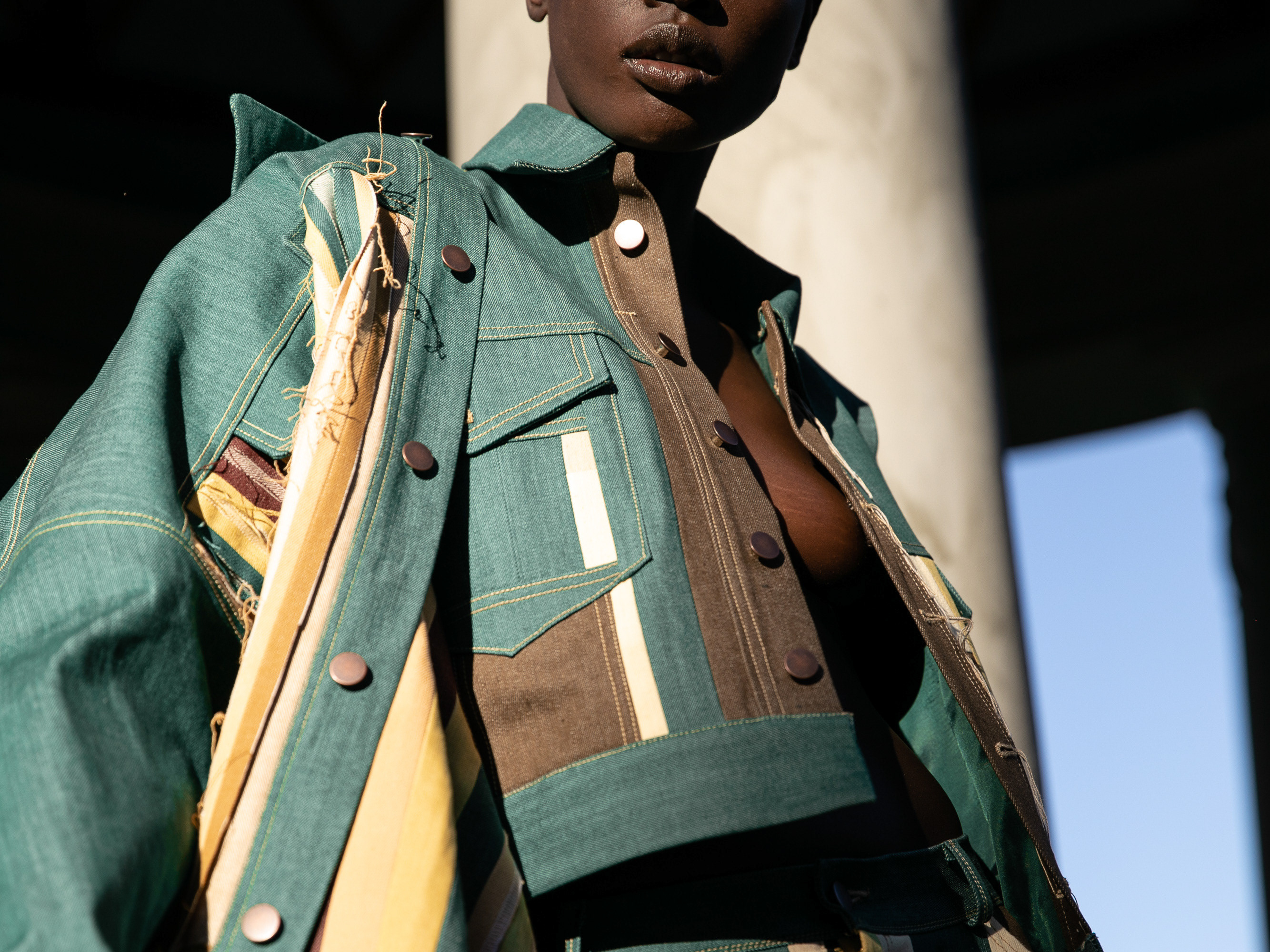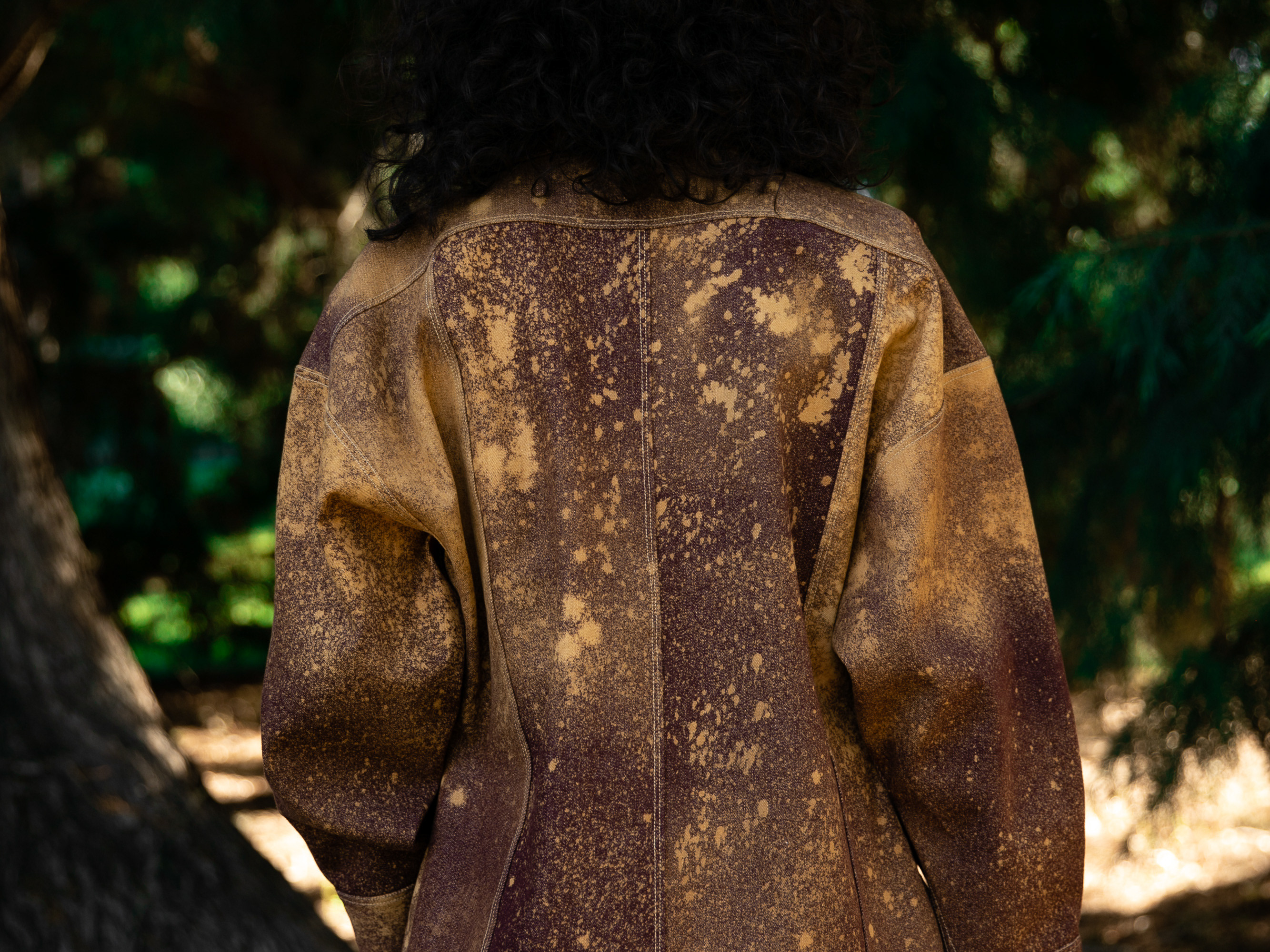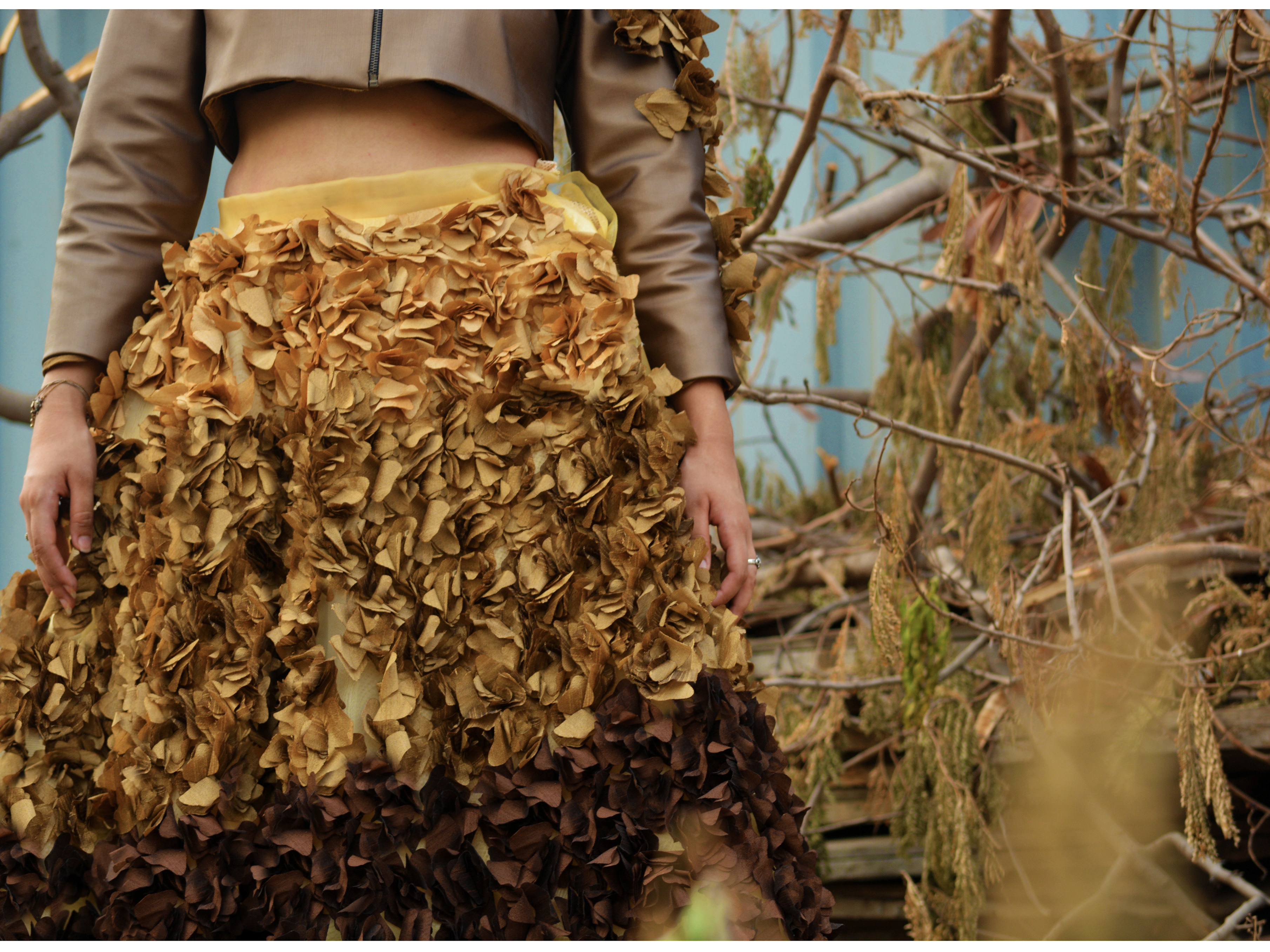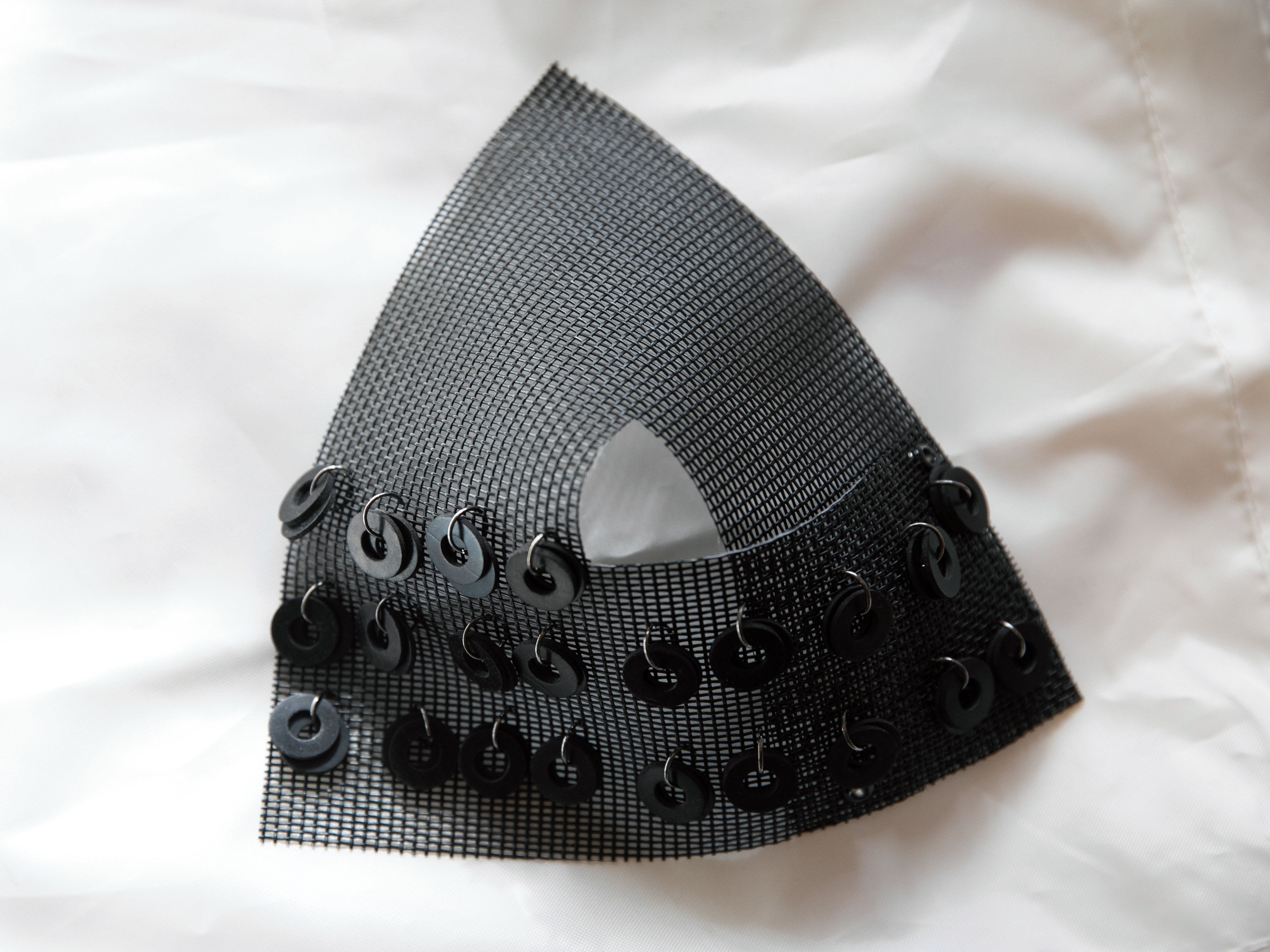SCREEN PRINTING ON DENIM : MOTIFS DEVELOPED THROUGH A SELF THERAPEUTIC JOURNEY
Methods to render Artistic healing
There are mainly five types of Art therapies which are widely practised by the therapists namely Painting, Collaging, Digital art, Photography and Textiles (Art Therapy n.d.). These forms of therapies use art as a medium to communicate and let people express their thoughts and emotions The aim is not to create beautiful pieces of art, but to explore the entire process that led to the creation. Through this process the person is able to explore a variety of different materials ranging from paints to chalks to markers, the opportunity to draw and paint their utmost sensitive emotions, create a stress buster collage using different relevant imagery from various sources, design a postcard that will never be delivered, creating a textile patchwork using scrap fabric and quilting these together etc. gives them a sense of immense satisfaction as they find such forms of expression easier than verbally expressing their thoughts and desires.
PHOTOTHERAPY
Loewenthal (2013), who is a psychotherapist himself describes phototherapy as a practice which uses photographs to reach a point of confidential interaction between yourself and your impulses, where the photographing functions are a reflex to the memory which recognises the current and hidden emotions , thereby expressing these emotions in the form of pictures taken to get a better understanding of one’s own self. ‘Phototherapy promotes the self -understanding of the client’ (Loewenthal 2013, p. 21).
The photographs clicked by the client or the ones used by the therapist are connected to the client’s mental image of a distant memory which is then used in a comprehensive process of therapeutic expression. ‘The event of viewing or taking photos evokes sensations, emotions and memories, which can be of a very early, painful or surprising nature’ (Loewenthal 2013, p. 21).
Loewenthal (2013) also talks about the different ways in which photographs can be used within the therapeutic relationship by referring to the therapists of the united states and Canada during the 1980s when photographs were used as a tool in counselling by famous therapists like Krauss and Fryrear during 1983. These observations further enables the writer to draw certain conclusions where he states that ‘Photographs offer up a slippery surface of
meanings to reflect upon and project onto, and contain a myriad of latent narratives. How someone responds to a particular image at a particular time might provide clues to their unconscious’ (Loewenthal 2013, p. 69). Furthermore, he also states that if a therapist uses non- judgemental and a skilful open-ended interrogative approach towards the procedure, photographs could be used as catalysts to enable the client to reflect upon the ways of viewing the world and value systems.
MUSIC THERAPY
‘Music therapy is the controlled use of music in the treatment, rehabilitation, education and training of children and adults suffering from physical, mental or emotional disorder.’ (Bunt & Stige 2014, p. 16). The word ‘controlled’ implies that the music is used in a clear and focused manner but in a somewhat therapy-centered manner as if it is specially done to heal people. The therapist and the patient share an evolving relationship where the music or ‘sound’ is used to support and encourage the mental, spiritual, social and emotional well being.
Raglio (2011) who is a music therapist talks about the state of well being and positive emotions experienced by an individual while listening to music that has some particular significance for them, or music which has a socialising angle towards it. He usually refers to these as ‘momentary effects that elude therapeutic logic’ (Raglio 2011, p. 683). Music can be used at different stages of life to suit different needs. Music is in constant ebb and flow.
Music therapists are able to observe children and adults creating all kinds of musical gestures. Bunt and Stige describe their observation of a music therapy session where they elaborate on the role played by various different kinds of music and how the ‘shapes and forms of music influence people, noting how people do things to music and music can do things to people’ (Bunt & Stige 2014, p. 56). If we observe how the different ingredients of sound and music are used by people participating in music therapy, then we can begin to assess reactions, actions, interactions and transactions, and explore the evolving therapeutic and health-promoting relationships (Bunt & Stige 2014).
Case study : To understand Music therapy and the impact of sound on drawing
Location : residence
Assessment : Self reflection and analysis of your research topic ‘ Use of textiles in Art therapy’
Follow up: To study the images taken during the brief phototherapy session and to figure out the
lines and curves.
Raglio (2011) who is a music therapist talks about the state of well being and positive emotions experienced by an individual while listening to music that has some particular significance for them, or music which has a socialising angle towards it. He usually refers to these as ‘momentary effects that elude therapeutic logic’ (Raglio 2011, p. 683). Music can be used at different stages of life to suit different needs. Music is in constant ebb and flow.
Music therapists are able to observe children and adults creating all kinds of musical gestures. Bunt and Stige describe their observation of a music therapy session where they elaborate on the role played by various different kinds of music and how the ‘shapes and forms of music influence people, noting how people do things to music and music can do things to people’ (Bunt & Stige 2014, p. 56). If we observe how the different ingredients of sound and music are used by people participating in music therapy, then we can begin to assess reactions, actions, interactions and transactions, and explore the evolving therapeutic and health-promoting relationships (Bunt & Stige 2014).
Case study : To understand Music therapy and the impact of sound on drawing
Location : residence
Assessment : Self reflection and analysis of your research topic ‘ Use of textiles in Art therapy’
Follow up: To study the images taken during the brief phototherapy session and to figure out the
lines and curves.
Experiment 1
Aim: To understand the change in the strokes and thickness of the lines by listening to two contrasting genres of music of different origins.
Duration: 1 hour 45 minutes
Case 1
Music 1 : ‘Highway to hell’- AC/DC
Genre: Hard Rock
Image: Figure 4, figure 5
Case 2
Music 2 : Mozart Symphony no. 41
Genre: Orchestra
Image: Figure 4, figure 5
Aim: To understand the change in the strokes and thickness of the lines by listening to two contrasting genres of music of different origins.
Duration: 1 hour 45 minutes
Case 1
Music 1 : ‘Highway to hell’- AC/DC
Genre: Hard Rock
Image: Figure 4, figure 5
Case 2
Music 2 : Mozart Symphony no. 41
Genre: Orchestra
Image: Figure 4, figure 5




